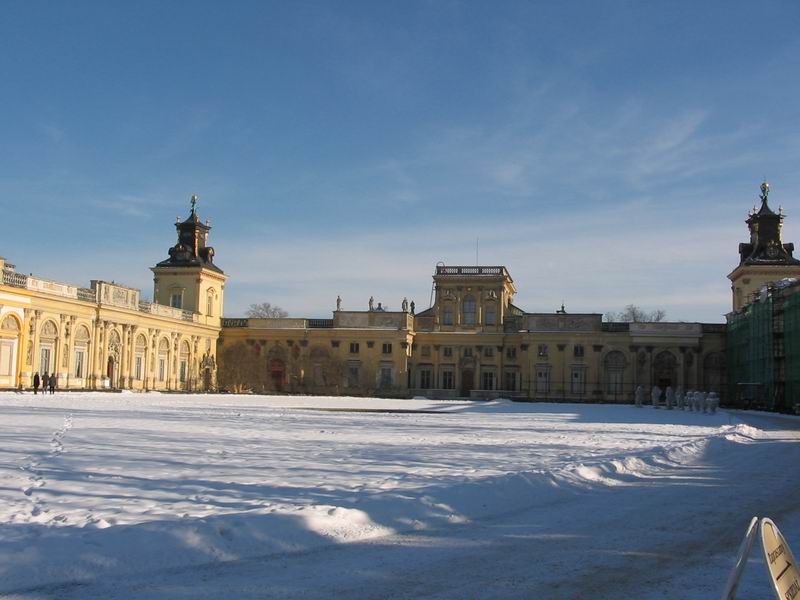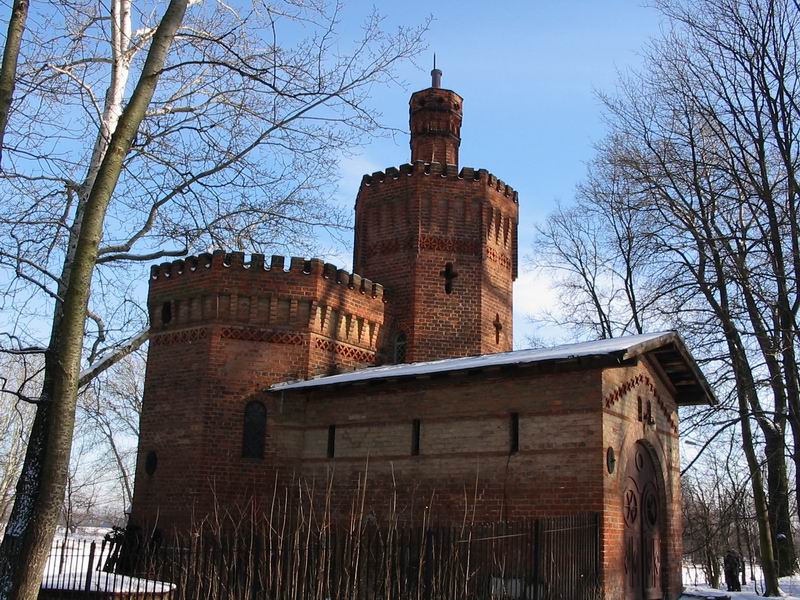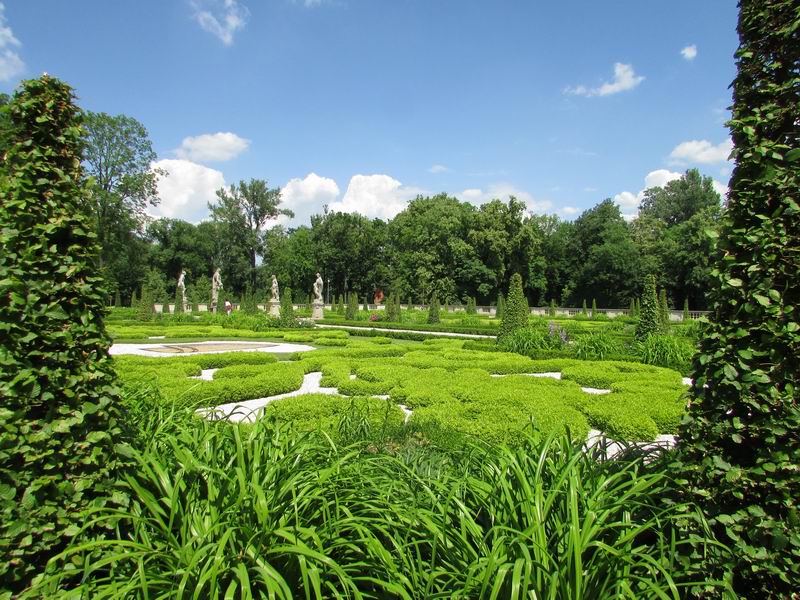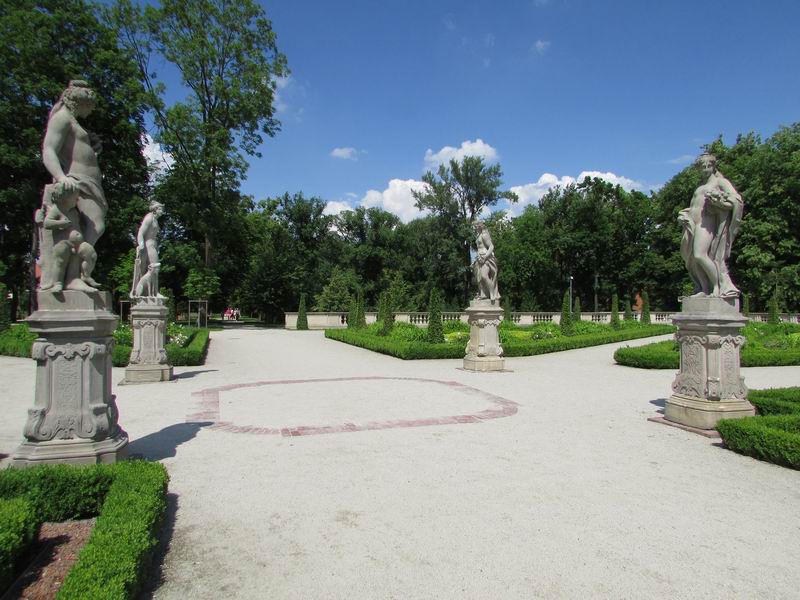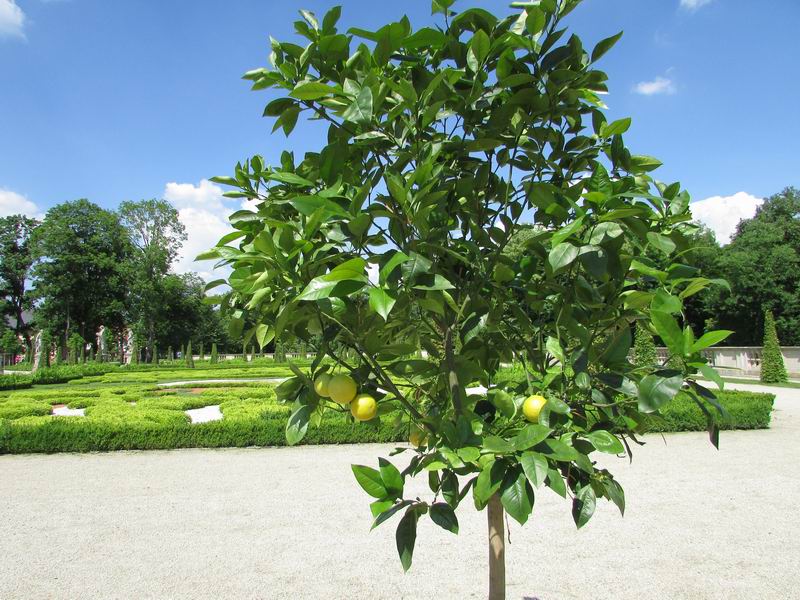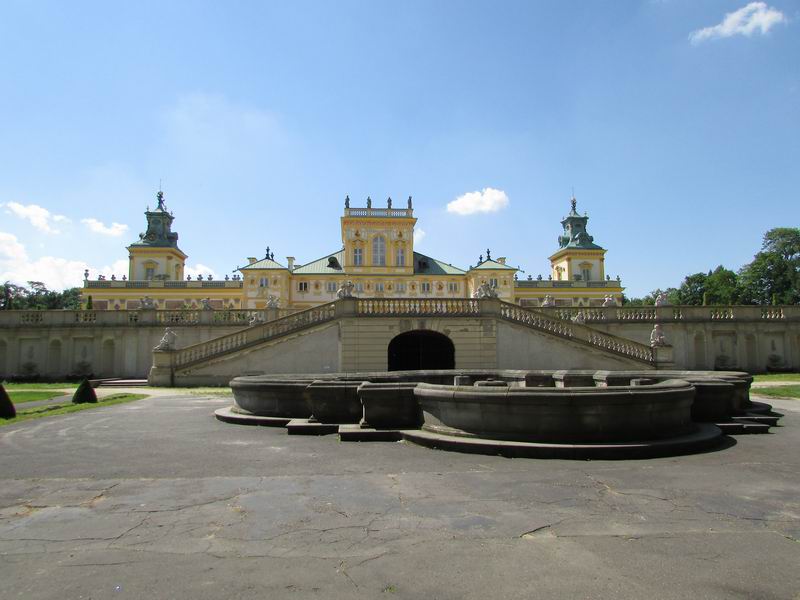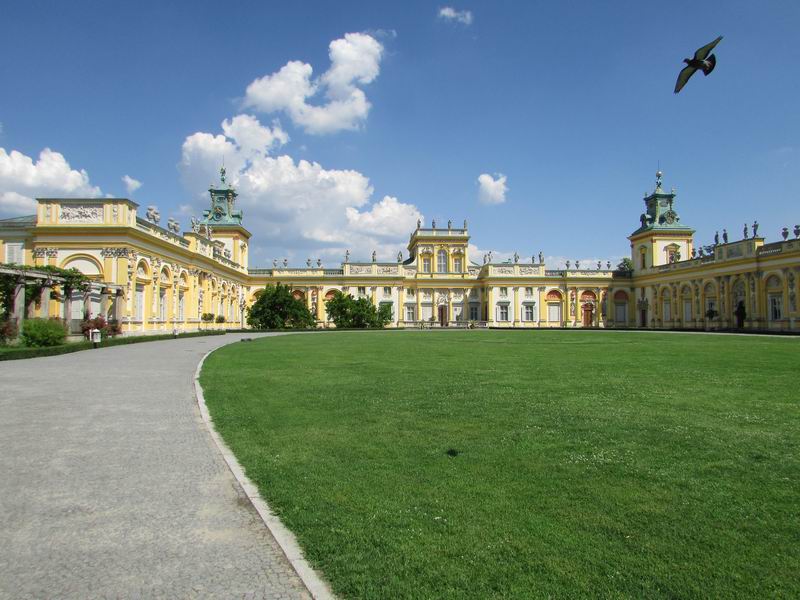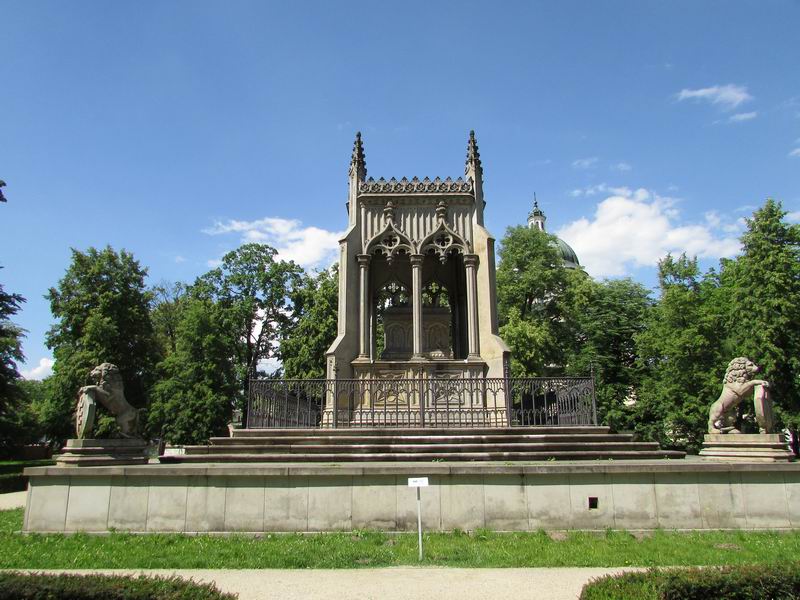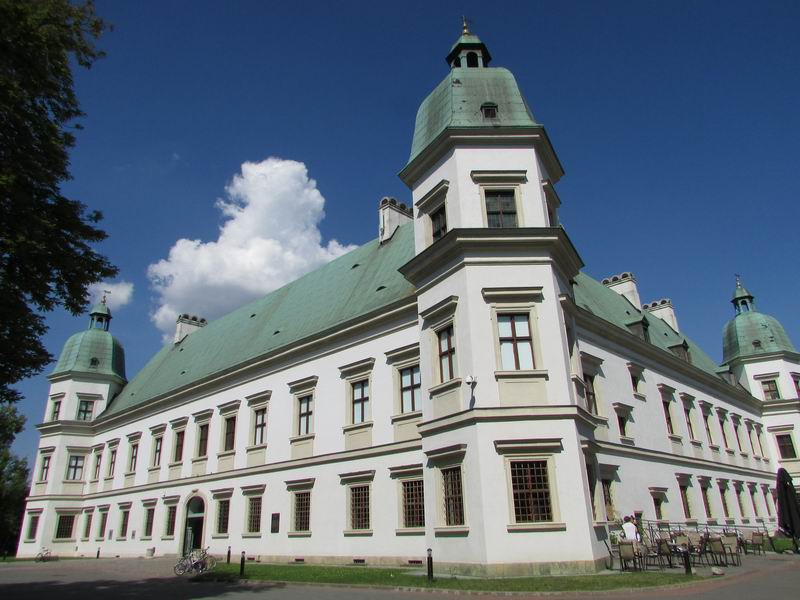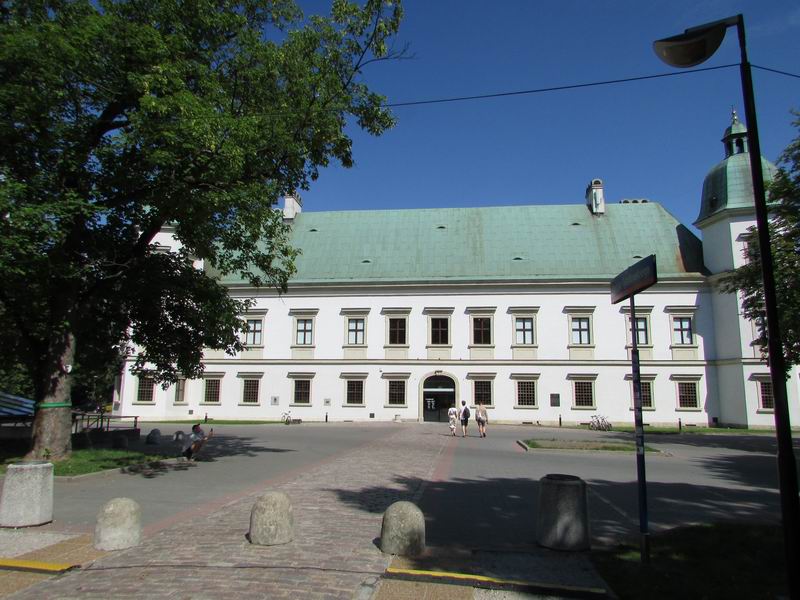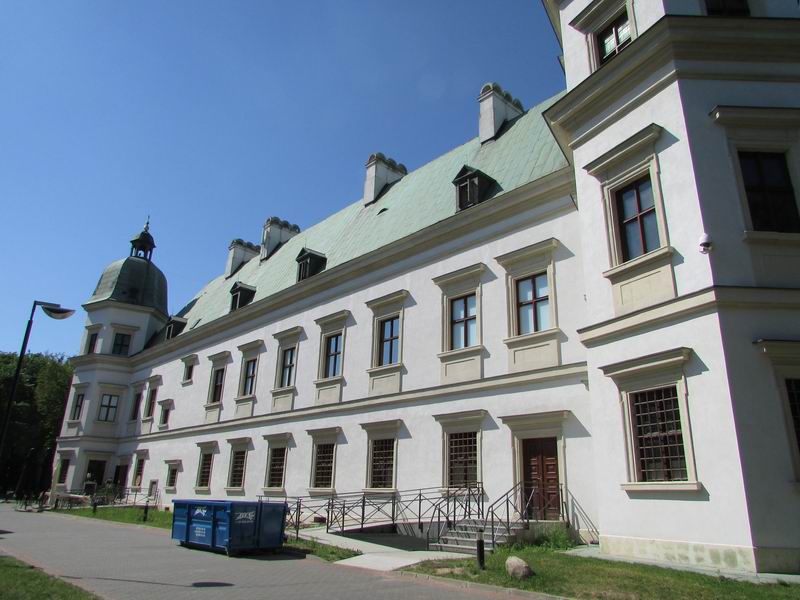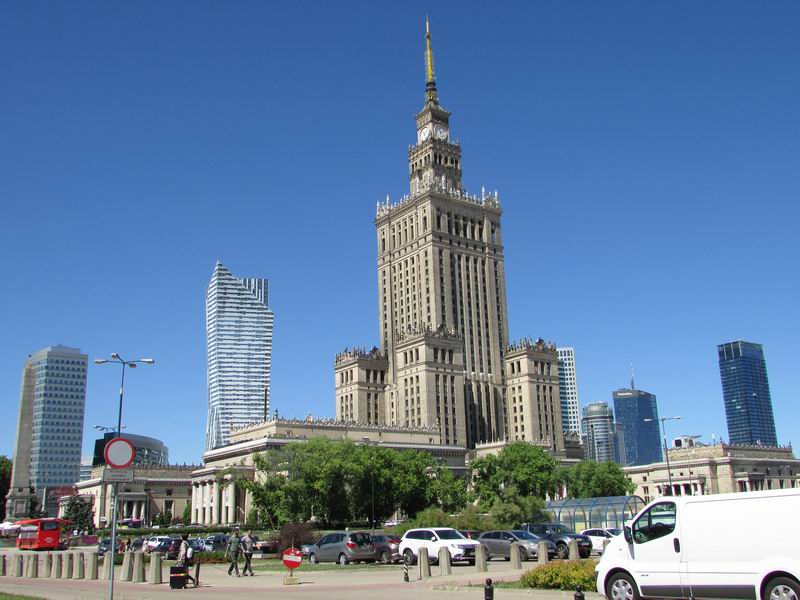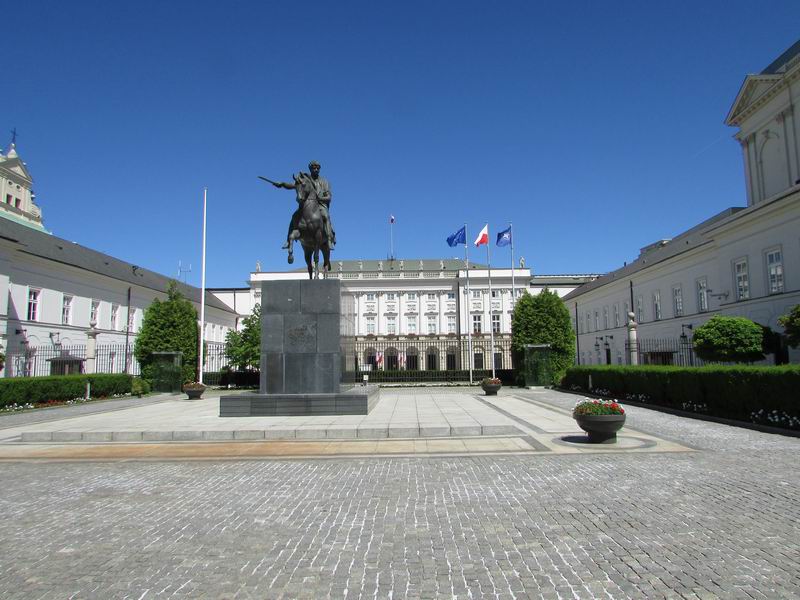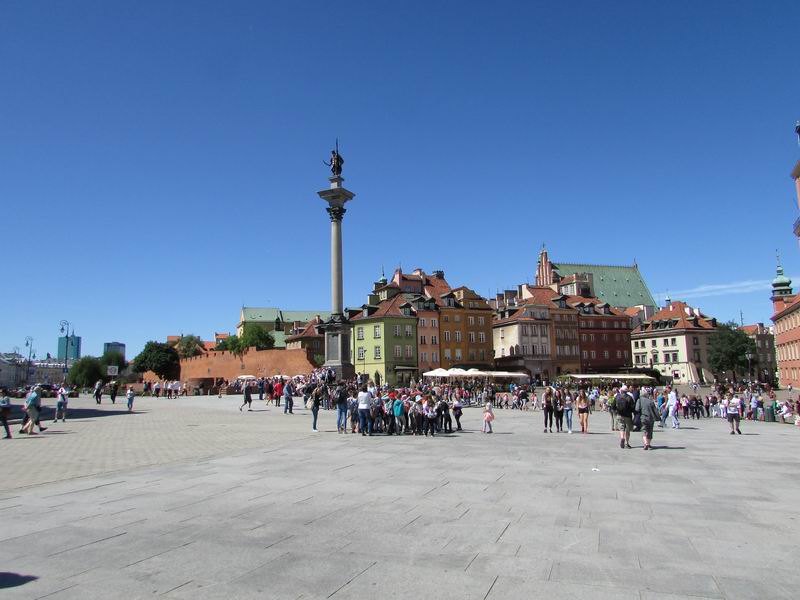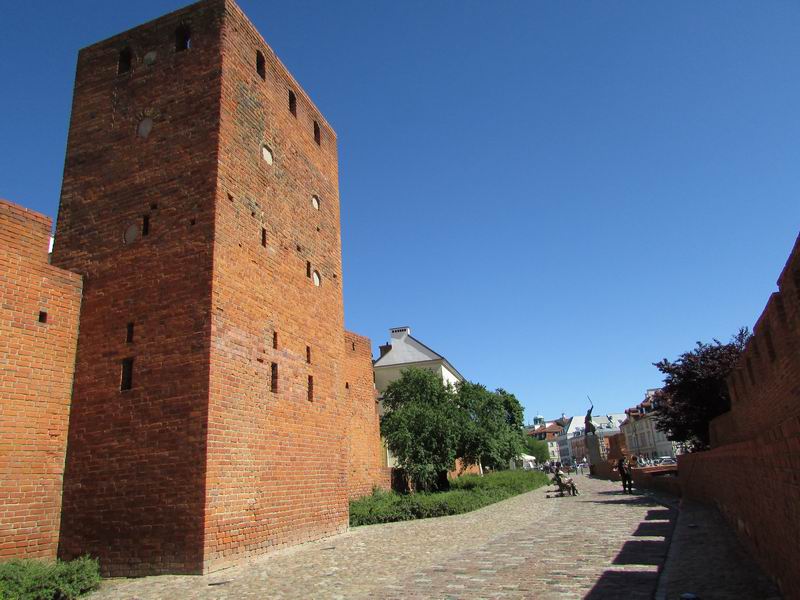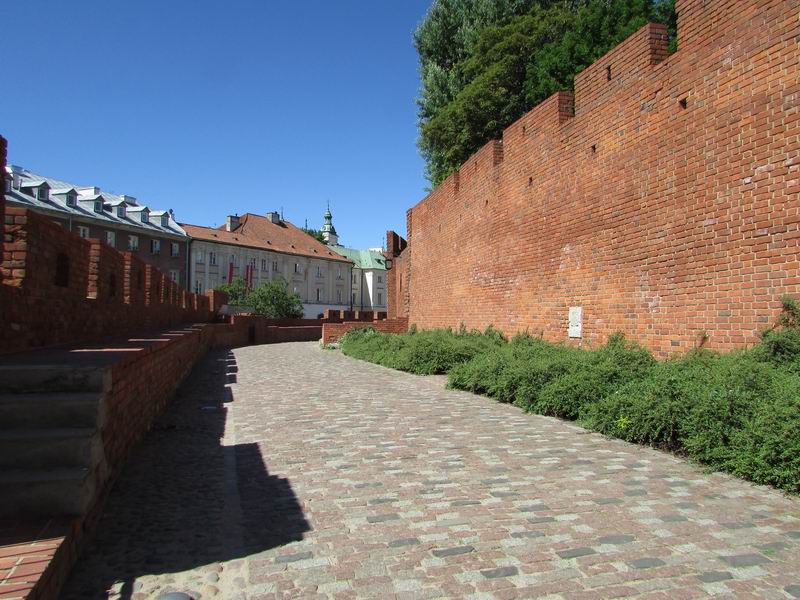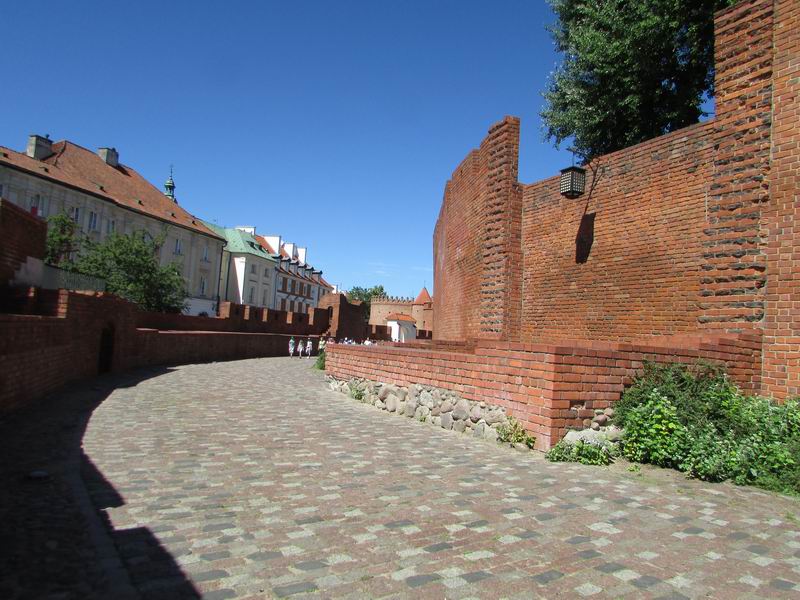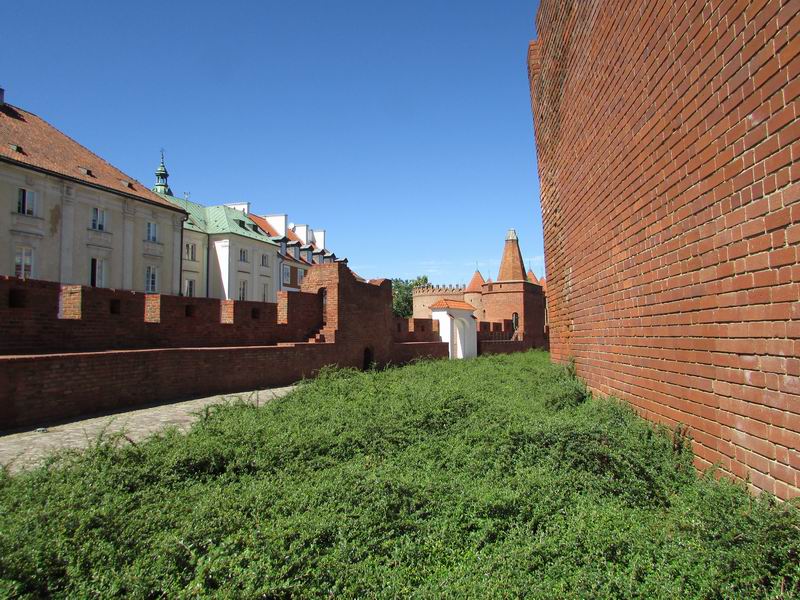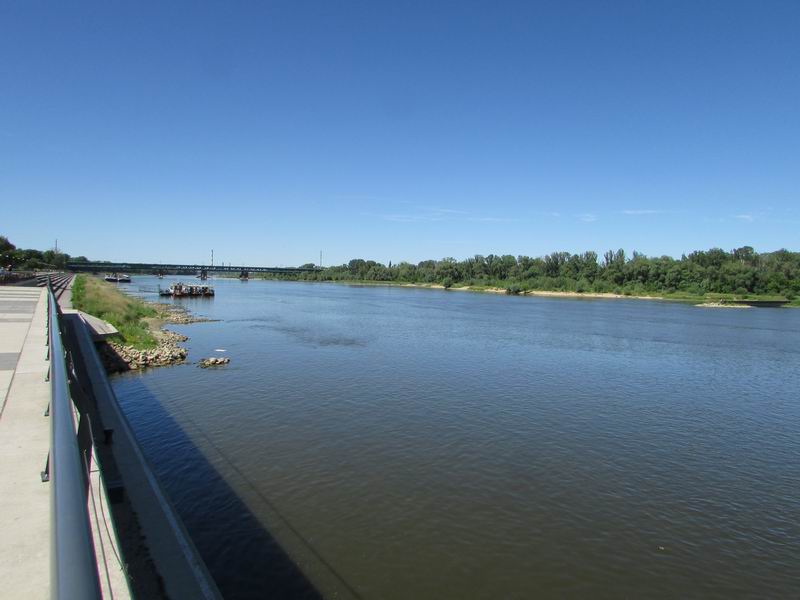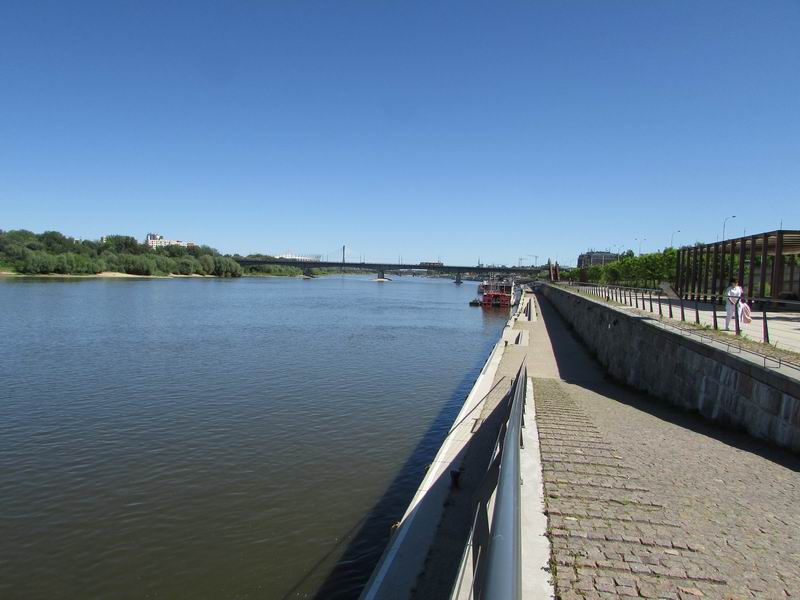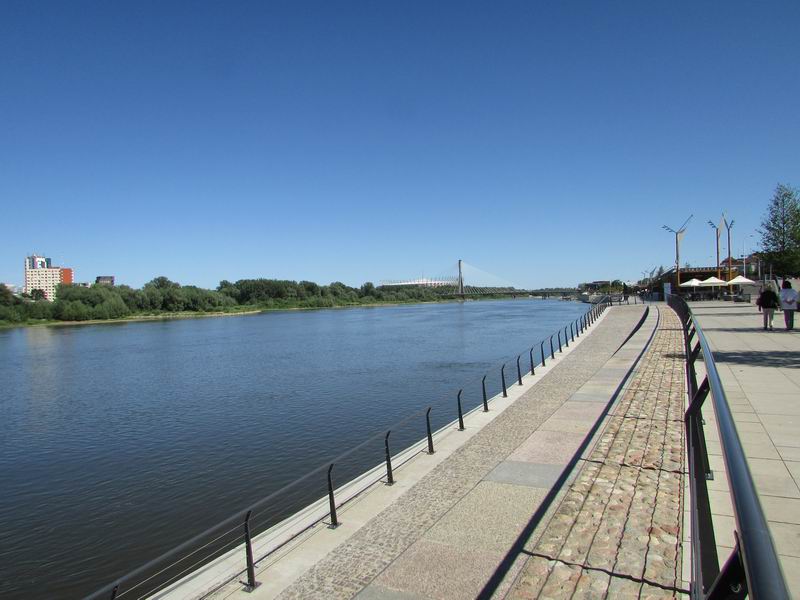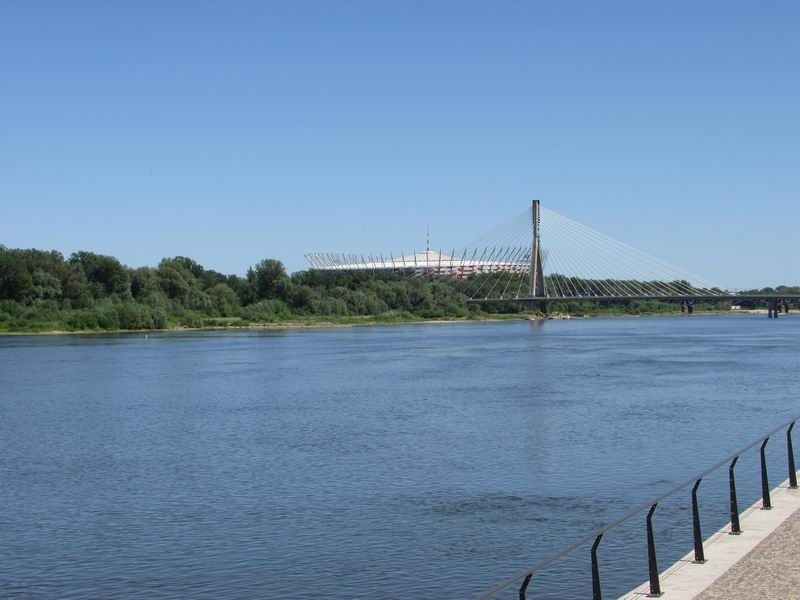Mazowieckie
Interesting facts about the history of the castle and town
1251
The oldest known reference to the village of Warsaw dates back to 1251, and appeared in a deed of Boguchwał II, Bishop of Poznań.
1262
In 1262 Prince Siemowit I was captured anduted by the Lithuanians in the stronghold of Jazdów, which was located near the Ujazdowski Castle, which has survived to this day.
1282
In 1282, during the absence of Konrad Czerski, Jazdów was occupied and ravaged by his brother Bolesław Mazowiecki. Prince Konrad's wife Jadwiga, daughter of Bolesław Rogatka, was robbed at that time.
1283–1294
In the years 1283-1294, on the site of today's Royal Castle, on the initiative of Konrad II Czerski, a fortified town and a Vistula crossing were established.
1303-1309
It was probably in the years 1303-1309 that the city of Warsaw was founded on the initiative of Bolesław Siemowitowicz.
23 April 1313
The first mention of Warsaw dates back to April 23, 1313. The name of the city appeared in the titulature of Prince Siemowit II.
4 February 1339
Thanks to the efforts of Casimir III the Great, on 4 February 1339 in Warsaw a trial began, in which the arbitrators were envoys of Pope Benedict XII. The parties to the trial were the Crown of the Polish Kingdom and the Teutonic Order.
15 September 1339
On 15 September 1339, in St John's Church in Warsaw, the verdict of the papal court in the trial was announced, settling the dispute between Casimir the Great and the Teutonic Order .
1349
In 1349 Warsaw came under the rule of Casimir of Warsaw.
1380-89
In the eighties of the 14th century, Prince Janusz I the Elder built the first brick residence in Warsaw, called Kamienica.
1408
In 1408, Janusz I the Elder located New Warsaw, part of today's Śródmieście district, under Chełmno Law.
1410
Around 1410, between the Great (Grodzka) and Crane towers in Warsaw, a new magnificent residence, the so-called Domus Magna, was built on the initiative of Duke Janusz I the Elder. It was a three-storey Gothic building, measuring 47.5 × 14.5 metres. On the ground floor there was a representative hall of courts and assemblies.
1426
In 1426 in Warsaw the guest of Janusz I the Elder was Wladyslaw II Jagiełło.
Christmas 1430
Around Christmas 1430, deputies of the Kingdom of Poland, including the Bishop of Kraków Zbigniew Oleśnicki, the Bishop of Włocławek Jan Szafraniec and the Poznań Voivode Sędziwój Ostroróg, were in Warsaw. They were going to Vilnius to demand the release of Władysław Jagiełło, who was imprisoned by Świdrygiełło. Here the news of the king's release reached them.
1503
1526
In 1526 the last Mazovian prince, Janusz III, died childless and his district was incorporated into the Kingdom of Poland.
22 styczeń 1529 - 19 luty 1529
11 marzec 1545
11 marzec 1545
18 lipiec 1554
1526
In 1526 the last Mazovian prince, Janusz III, died childless and his district was incorporated into the Kingdom of Poland.
Wrzesień 1556
6 grudnia 1556
13 stycznia 1557
1569
In 1569 at the Lublin Sejm, at which thebetween Poland and Lithuania was concluded, Warsaw was designated as the venue for the Polish-Lithuanian Sejm.
1569
1569
1573
In 1573, in the village of Kamień near Warsaw, the first free election took place, resulting in the election of Henry Walezy as king.
1596-1611
In the years 1596-1611 the permanent royal residence was moved Cracow to Warsaw.
1598
After 1598, a decision was made to extend the royal castle in Warsaw.
8 September 1655
On 8 September 1655 Warsaw was occupied and ravaged by the Swedes.
24 April 1677
On 24 April 1677, King Jan III, through Marek Matczyński, purchased the Villa Nova estate, later called Wilanów. It is recorded in the archives that he found there a palace three cubits above the ground tall. These foundations were used to build a new manor house, to which he could escape spies and where he collected important and confidential documents. Initially it was a single building with alcoves.
1683
Around 1683, John III erected a new two-storey building in Wilanów that showed the new Rome, i.e. the towers of the Eternal City, the triumphal arches on the garden galleries and the temple of Minerva in the middle.
1691-1696
Towards the end of his life, John III added a belvedere, or large reception hall, to the palace. This is the place where the bedrooms are located, and the meeting hall is upstairs. This is where the royal council met.
1713-1730
In the years 1713-1730, through the idea of Augustus II the Strong ,a baroque residence called Oś Saska (Saxon Axis) was built on today's Zwycięstwo Square (Victory Square). The central point of the residence was the Saxon Palace with its garden. After the fall of the Warsaw Uprising, the palace building was blown up by the Germans.
1747
In 1747 the first public library was opened in Warsaw, founded by the Załuski family.
1765
In 1765 the Saxon Opera House, the first Polish public theatre, was opened at the junction of Królewska and Marszałkowska streets in Warsaw.
1766-1795
Between 1766 and 1795, a palace was built in Warsaw's Lazienki Park, with a park surrounding it.
1788—1792
Between 1788 and 1792, the Great Sejm met in Warsaw.
1791
In 1791, Warsaw was administratively merged and Praga was incorporated.
3 May 1791
On 3 May 1791, the 3rd of May Constitution was adopted at the Royal Castle in Warsaw.
1795
In 1795, as a result of the Third Partition of Poland, Warsaw became part of the Prussian state.
1806
In 1806 Warsaw, abandoned by the Prussians, was occupied by French troops.
1807-1815
In 1807 Warsaw became the capital of the Duchy of Warsaw, created by Napoleon after the Treaty of Tilsit.
1815-1830
In 1815 Warsaw became the capital of the Congress Poland, created by the Congress of Vienna.
1818
In 1818, the University of Warsaw began
1825
In 1825, the Warsaw Polytechnic Institute began
1 December 1830
On December 1, 1830, the Patriotic Club was established in Warsaw, headed by Joachim Lelewel.
6–7 September 1831
On 6-7 September 1831, the final stage of the November Uprising took place. On the foreground and ramparts of the city of Warsaw defenders clashed with Russian troops. The battle ended with capitulation of the insurgents and entry of Russians to the abandoned by Polish army Warsaw.
1832-1834
Between 1832 and 1834 a citadel was built in Warsaw.
1845-1848
Between 1845 and 1848 the Warsaw-Vienna railway was constructed.
1853-1857
Between 1853 and 1857 the first waterworks and gas lighting were installed in the Warsaw city centre.
1859-1864
During the years 1859-1864 the Kierbedzia Bridge was built in Warsaw. It was the first bridge with a steel structure. Currently it's the place of the Śląsko-Dąbrowski bridge.
1863
In 1863 January Uprising started in Warsaw. It was the birthplace of the Provisional National Government, which issued the insurrectionary manifesto.
1 May 1890
In 1890 the 1st of May was celebrated in Warsaw for the first time.
1894-1912
Between 1894 and 1912 in the middle of the Saxon Square in Warsaw the St. Alexander Nevsky Cathedral was built. The project was financed by Tsar Nicholas II.
1908
In 1908 the first electric tram appeared on the streets of Warsaw.
1915-1918
Warsaw was under German occupation 1915 to 1918.
1919–1921
During the Polish-Bolshevik war Charles de Gaulle stayed in Warsaw.
"...There is a vivid anecdote in our family about General Charles de Gaulle, who stayed in Poland during the Polish-Bolshevik War as commander of a group of military instructors. General de Gaulle often visited our café. The reason for these visits, as it was said, was a young beautiful lady who lived in the same tenement house where our café was located, i.e. at 35 Nowy Świat St. De Gaulle liked to come to us also because of my grandmother, who - as the owner - stood at the cash desk and watched over the condition of the café. She was fluent in French, so there was no language barrier between them. When the general's family learned of his sentiment for the beautiful Polish woman, he was recalled to France, where he quickly married."
Book excerpt: Justyna Krajewska "Warszawa w rozmowach" Chapter: "Andrzej Jacek Blikle"
1924
In 1924, the population of Warsaw exceeded one million.
12–15 May 1926
On May 12th-15th 1926, Józef Piłsudski's May Coup took place in Warsaw.
1928
"...It is the year 1926 and a young, handsome boy with a flirtatious look, a cheeky smile and an exceptional voice is charming the inhabitants of Warsaw. This is how he earns his first 10 zlotys. When four years earlier Mieczysław Fogg was spotted by Ludwik Sempoliński during a performance at St. Anne's Church, no one expected that he would become one of the most famous singers in the capital. His official debut took place in 1928 in the Dana Choir, on the stage of the theatre "Qui Pro Quo". This is how a great legend of song was born, a symbol of the pre-war era, full of elegance and chic.".
Excerpt the book: Justyna Krajewska "Warszawa w rozmowach" Chapter: "MICHAŁ FOGG"
1924-1926
Between 1924 and 1926, as a result of a decision by the authorities of the Second Polish Republic, the St. Alexander Nevsky Cathedral in Warsaw was demolished.
1939-1945
From 1939 to 1945, Warsaw was again under German occupation.
1943
On 19 April 1943 an uprising against the German oppressors broke out in the Warsaw Ghetto. The immediate cause of the uprising was the news of the intention to demolish the ghetto, undertaken as part of the German plan to exterminate the Jews. The symbolic date of the end of the Jewish uprising is 16 May 1943, when the Germans blew up the Great Synagogue on Tłomackie Street. Captured insurgents and civilians were murdered on the spot or transported to camps.
1944
On 1 August 1944 an uprising against the German oppressors broke out in Warsaw. The armed action was organised by the Home Army as part of Operation Tempest (Operacja Burza). It was the longest battle fought during World War II by an underground organisation against the occupying forces. The battle lasted until 3 October 1944 and ended with the complete defeat of the insurgents and the complete demolition of the city by the Germans.
17 January 1945
On 17th January 1945 Warsaw was liberated Nazi occupation.
1946
In 1946 Warsaw had 481 thousand inhabitants.
1946
In 1946 Warsaw had 481 thousand inhabitants.
Jesień 1950
1954
Wersja polska
Version française

























































